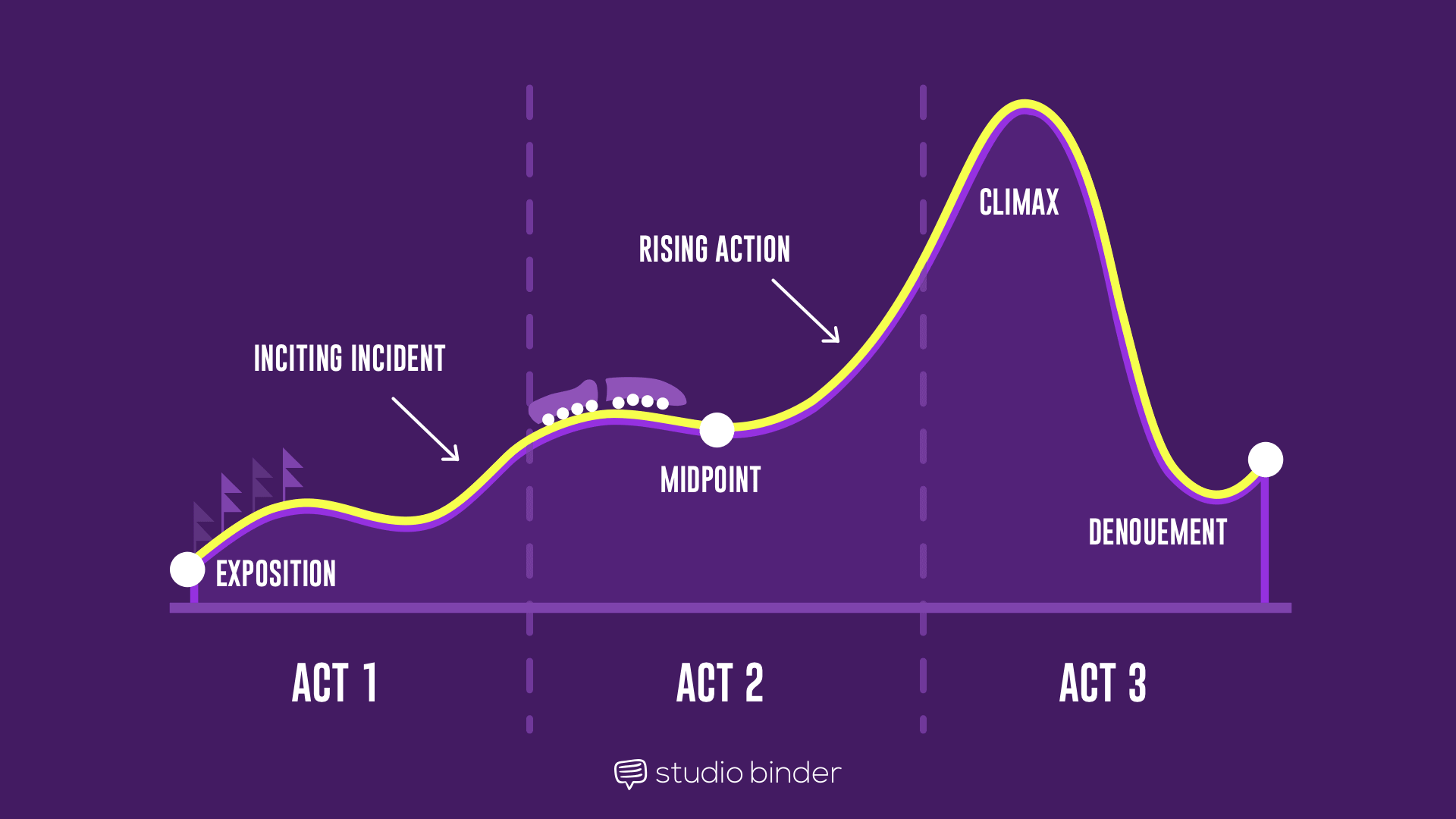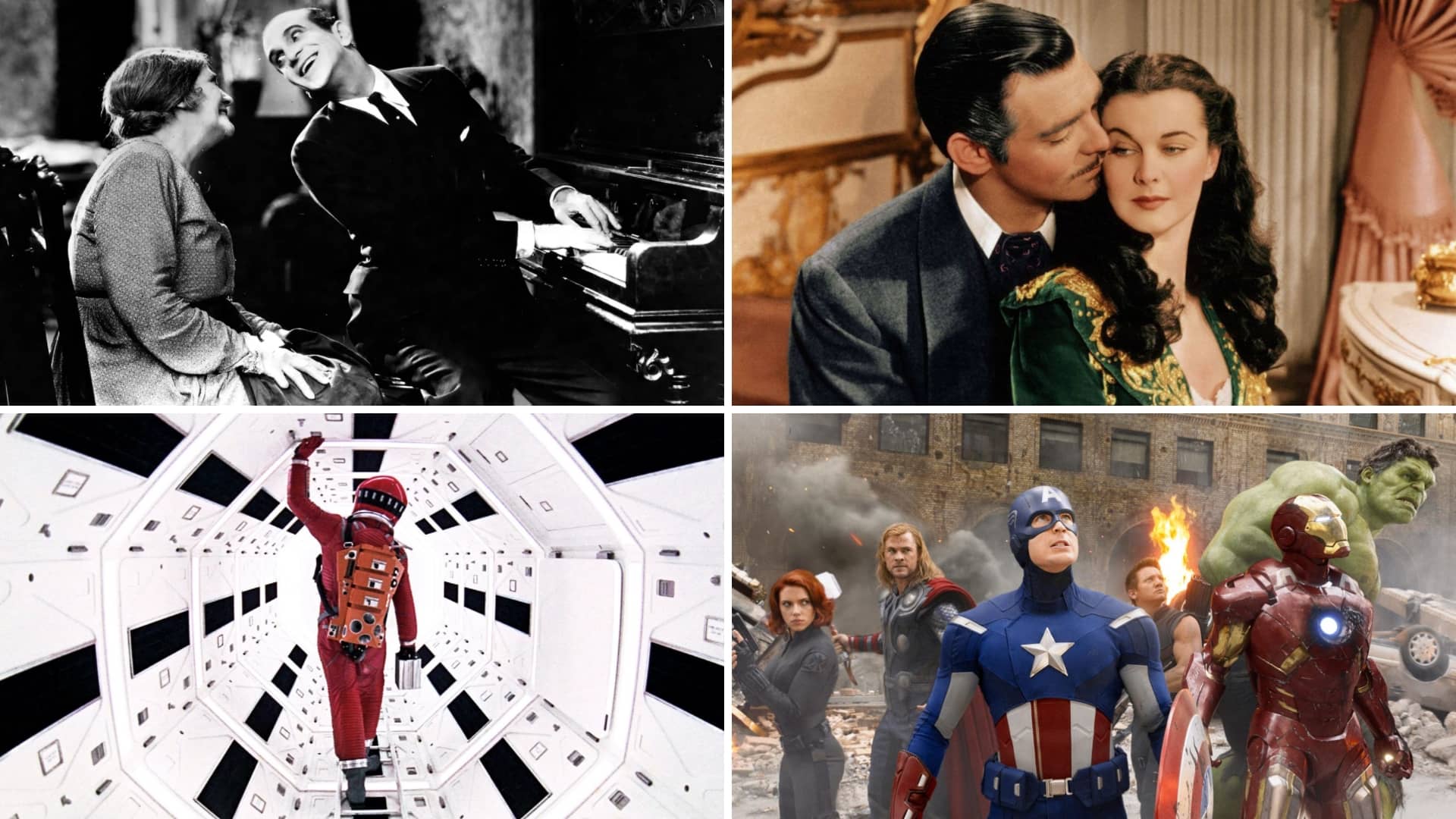You may have heard the term “feature film” or even simply “feature” whenever the topic of movies comes up. But what is a feature film and how does it differ from other types of film? Features make up the larger library of motion pictures that movie-goers are familiar with. While they may differ in genre, stories, and even format, features share similar characteristics.
What is a Feature Film
First, let’s define feature film
To better understand the feature film meaning, let’s take a look at the feature film definition. This is important to differentiate features from other types of motion pictures.
FEATURE FILM DEFINITION
What is a feature film?
A feature film is a film that typically has a run time between 80 minutes and 180 minutes long. This distinction, however, can depend on who you ask. The Screen Actors Guild defines a feature as a minimum of 80 minutes whereas The Academy defines a feature as a minimum of 40 minutes. The distinctions are primarily used to separate films into the category of a short film or a feature film. Films screened in commercial movie theatres are typically features that run over 80 minutes.
What were the first major features?
- The Crusaders (1911)
- The Loves of Queen Elizabeth (1912)
- Quo Vadis (1913)
First Feature Film in History
The history of features
What are feature films and what is their place in the history of cinema? The history of motion pictures and evolution of features is dense and complex. Motion pictures evolved into storytelling features largely due to their ability to make money.
The demand for stories told through motion pictures grew and soon studios formed to create as many motion pictures as possible to generate revenue.
These motion pictures screened in theaters started off with shorter lengths. However they eventually evolved into what we now know as feature films. A few longer motion pictures convinced studios that there was a demand for longer, feature length films and thus more features were created.
For a more detailed rundown of the history of feature films, check out this video by Crash Course.
What are feature films • Crash Course Film History
To recap, one of the pioneers and biggest influences on the narrative elements of features is D.W. Griffith. While deeply racist and a proponent of hate, his film Birth of a Nation created a scope and scale that paved the way for a larger demand for features.
As demand for features grew, so did technology. New technology impacted not only the creation of films, but the distribution as well. Studios grew and more features were being created year after year.
When sound was introduced to cinema in The Jazz Singer (1927) and later color, demand for features grew exponentially. The multibillion dollar film industry we have today is a result of the evolution and demand for features.
Related Posts
What are Feature Films
Feature Films vs. Short Films
Not every film that filmmakers make is considered to be a feature. Films that fall under 80 minutes (or under 40 minutes to The Academy) or categorized as short films. What is a feature film versus a short film? There are a few key distinctions between features and shorts.
1. Time
The first and most obvious difference is run time. How long is a feature film run time? As we’ve clarified earlier, features typically have a run time of at least 80 minutes. Short films, however, can be as short as only a few minutes and as long as 40 minutes. The difference in run time further creates numerous differences between shorts and features such as structure.
2. Structure
Most features follow a traditional three act structure that unfolds over the course of at least 80 minutes. What are feature films structures defined by?

What is a Feature Film Structure?
Because short films have less time to tell a story, they typically utilize a different structure that focuses more on rising action and climax rather than exposition and denouement.
3. Characters
The length of features allow filmmakers to introduce more characters. They also allow characters to have full character arcs and allow the audience to connect more deeply to them.
Shorts typically only allow an audience to see a snippet of a character and their life. Shorts lack exposition that tell us who this character is. Shorts also must focus on less characters to be more effective.
4. Budget
While it is an obvious difference it is worth noting that a major reason why filmmakers even shoot short films is because they cost a lot less. For this reason, short films are often used as a proof of concept that generates interest and hopefully further investment for a full feature.
This was the case for Damien Chazelle’s breakout feature, Whiplash.
Check out this interview from Chazelle talking about how Whiplash was developed as short from a feature film script to convince financiers.
Whiplash • Feature film examples
While not every short film will end up becoming the next Whiplash, they are a great way to gain experience for a director or producer before taking on your first feature.
Whether you are interested in directing a feature or writing the screenplay for a one, understanding the key characteristics of features is important in crafting longer stories fit for a feature. Watching great short films and features will give you a better idea of what project you should tackle next.
Related Posts
UP NEXT
A Brief History of Motion Pictures
If you’re interested in learning about what motion pictures were like before features, check out our next article. We take a dive into the history of motion pictures as far back as the 1800s. Who invented the motion picture? Who invented the motion picture camera? We’ll answer both of these questions and more up next.
Up Next: History of Motion Pictures →
Share your vision with elegant shot lists and storyboards.
Create robust and customizable shot lists. Upload images to make storyboards and slideshows.
